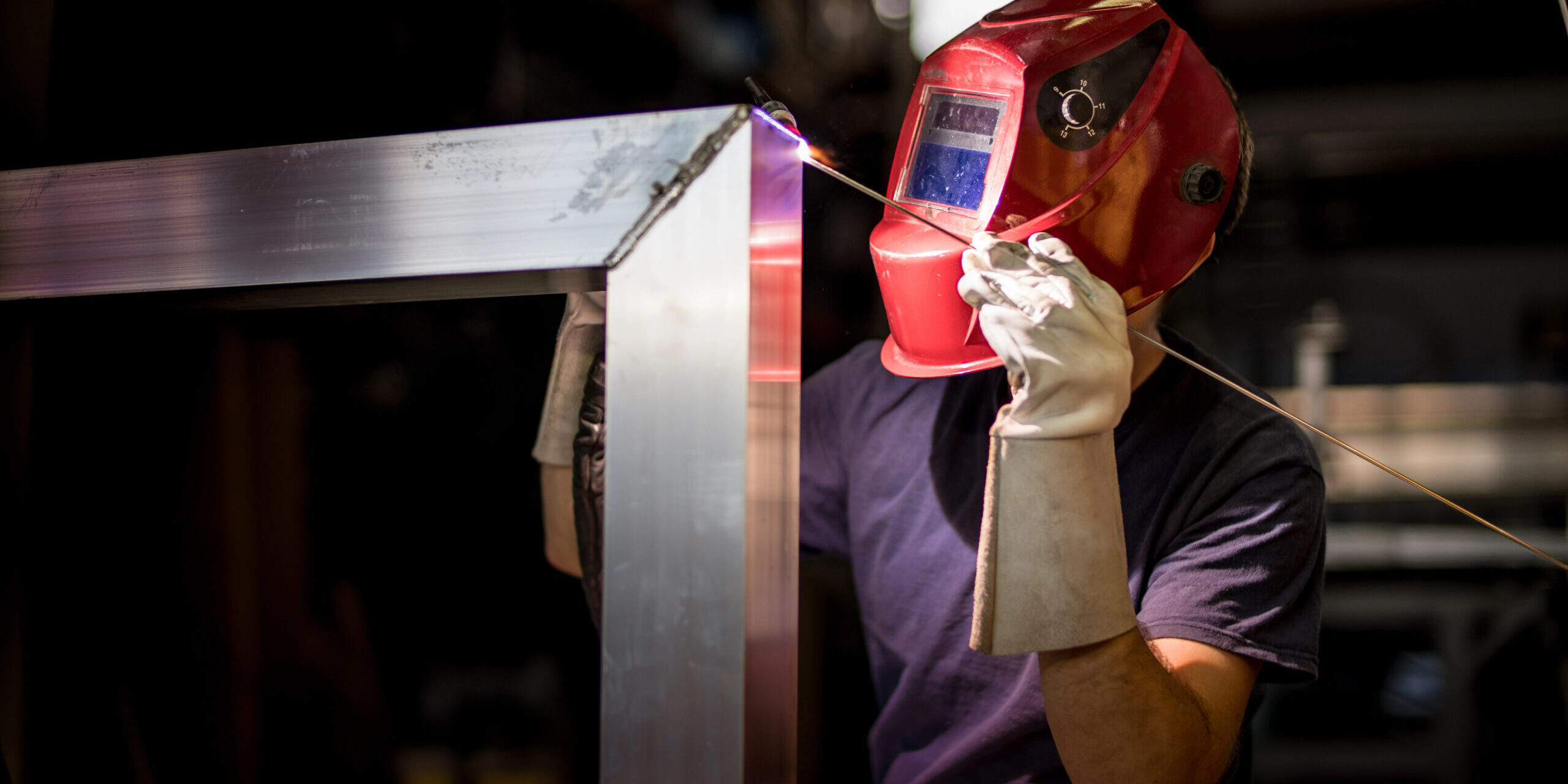TIG welding—short for Tungsten Inert Gas welding—is considered one of the cleanest and most precise methods available in the welding world. A recent guide published by Welding For Less outlines the fundamentals of TIG welding, from the process and materials used to its advantages in various industries. Abraham Steel, a professional in welding services and custom metal fabrication, offers deeper commentary on each point, drawing from real-world experience with high-precision custom metal works. (Source: Welding for Less, What is TIG welding?, Cheyenne Schaffer, July 29, 2024, https://www.weldingforless.com/en-ca/blogs/welders-blog/what-is-tig-welding ).
What Is TIG Welding?
TIG welding employs a non-consumable tungsten electrode as well as an inert shielding gas—usually argon—to weld metals together. The method doesn’t rely on flux, and the tungsten electrode doesn’t melt during the process.
Abraham Steel comments, “TIG welding is about as clean as it gets. Because the tungsten doesn’t melt, you gain complete control over the weld puddle, which is essential for custom metal works where distortion or inconsistency can ruin an entire fabrication. In our experience, TIG is the go-to process when strength and appearance have to align perfectly.”
How TIG Welding Works
TIG welding functions by generating an electric arc between the tungsten electrode and the workpiece metal. If needed, a filler rod is manually fed into the weld pool. The inert gas shields the area to prevent contamination.
Abraham Steel adds, “The beauty of TIG is in its precision. You control the heat, the filler, and the arc length—all independently. That makes it ideal for custom metal solutions, where you often deal with irregular joints, unusual alloys, or highly visible parts in a finished build. No other welding process gives this level of control.”
The TIG Welding Procedure
Key steps include cleaning the metal thoroughly before welding, striking the arc carefully, and maintaining a steady hand to move at the correct pace. Proper technique ensures strong, defect-free welds.
Abraham Steel elaborates, “Prep is everything. A rushed surface cleaning or sloppy setup leads to weak welds or inclusions. With custom metal fabrication, there’s no room for error. You’re building something that’s supposed to last—sometimes something that’s one-of-a-kind. TIG demands discipline, but when done right, it produces unmatched results in both strength and finish.”
Real-World Applications of TIG Welding
The article highlights TIG’s wide usage, especially in industries like aerospace, automotive, and medical. It’s favored where weld quality directly impacts performance or safety.
Abraham Steel notes, “We’ve used TIG across a variety of sectors, from architectural builds to food-grade enclosures. Its versatility across materials—aluminum, stainless, copper—means it fits right into custom fabrication workflows. Any time a contractor brings us a complex challenge—say, an ornamental structure or a tight-radius frame—TIG is usually our answer. It’s not just for high-tech industries; it’s for anyone who wants welds that hold up under scrutiny.”
Advantages and Disadvantages
TIG welding delivers strong, high-quality welds with minimal spatter and excellent finish. The downside? It requires a skilled hand and is slower than processes like MIG.
Abraham Steel gives this insight, “Contractors often ask if TIG is ‘worth the extra time.’ The short answer? Absolutely. Especially for jobs where weld visibility matters—like railings, signage, or furniture—or where the welds need to hold over decades without fail. Yes, it’s more demanding, but that’s what makes it the backbone of true craftsmanship in custom metal fabrication. It’s the difference between good enough and built to last.”
Equipment and Skill Requirements
TIG setups typically include a power source, torch, shielding gas, and often a foot pedal for amperage control. Mastery involves coordination, timing, and detailed technique.
Abraham Steel says, “TIG isn’t for every welder—or every shop. It takes time to train properly. The torch angle, filler speed, amperage control—it’s like a dance. But when your team is dialed in, you can achieve welds that are so clean they barely need finishing. For welding services focused on high-end custom work, it’s non-negotiable. You either master TIG, or you limit what you can offer.”
TIG’s Role in Custom Metal Fabrication
Beyond industrial use, TIG welding is a cornerstone for bespoke fabrication. Its adaptability and finesse make it ideal for building unique, structurally sound, visually refined pieces.
Abraham Steel concludes, “In custom metal solutions, every job is different. One day, it’ll be a minimal aluminum fixture for a retail space. The next is a heavy-duty stainless bracket for an outdoor installation. TIG gives us the flexibility to meet those demands without sacrificing quality. It’s slow, yes—but that slowness is what allows for perfection.”
Final Word
For contractors, understanding TIG welding isn’t just about knowing a process—it’s about recognizing when that process is the right fit. If the job demands aesthetics, durability, and precision, TIG should be your go-to. And if you’re working with a fabricator who knows how to wield it properly, you’ll see the payoff in every clean seam and every long-lasting joint.
Abraham Steel wraps up, “Custom metal fabrication isn’t about shortcuts. It’s about solutions that work today and still hold up ten years down the line. TIG welding helps make that possible—and for anyone serious about their builds, that makes it indispensable.”







